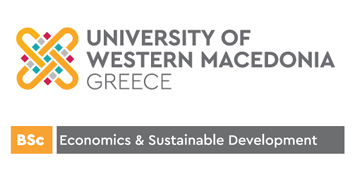Kastoria is a popular tourist destination and an international centre of fur trade, known as the city of the fur traders. Tourism and the fur industry are the mainstays of the local economy. Interestingly, the city’s name may have possibly derived from the European beaver (kastóri in Greek), now extinct in the area. Mink fur trade has been famous, and the city hosts an international fur show every year. Fur trade is the cornerstone of the economy in Kastoria, dating back to the 14th century, when the city used to supply ermine pelts for the lining of robes worn by Byzantine courtiers. Early traders settled in Russia and Germany. After Germany's division at the end of World War II, the fur centre moved from Leipzig to Frankfurt. During the Greek Civil War in the late 1940s, thousands of Kastoria inhabitants migrated to the United States to take the place of aging Jewish immigrants who had formed the core of New York furriers. In 1984, 25,000 people from Kastoria were working and living in the area of New York, and 10,000 in Frankfurt. Today there are more than 300 small and big fur dealers in Kastoria.
People also engage in other activities, such as sale and distribution of locally grown produce, particularly wheat, apples, wine, and fish.
Kastoria has 16 local radio stations, 2 TV stations, 5 daily and 7 weekly newspapers. The city airport, named Aristotelis Airport, is located in Argos Orestiko, 10km away from Kastoria.

